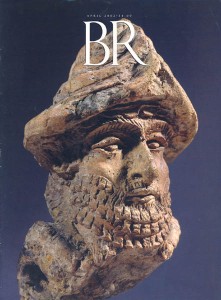Bloody Biblical Heroines on Exhibit


When Michelangelo painted Judith slaying Holofernes on the Sistine Chapel ceiling, he made it a three-part story: The headless Holofernes dies at right; Judith and her maid busily pack up the head at the door of his chamber; outside, Holofernes’s ineffective soldier-guards sleep. When Italian painter Orazio Gentileschi retold this story in about 1608, he left out the soldiers and he left out Holofernes. What remains is the too-large, bloody head being carried away by Judith and her maid. Ten years later, Orazio’s daughter, Artemisia Gentileschi, herself an artist, turned to the subject once again: Like Orazio, she omitted Holofernes and the soldiers. She focused not on the head, however, but the two women, looking back. Holofernes’s greying face appears only in the shadows, in a basket slung like a load of laundry on the maid’s hip. Artemisia’s Judith and Her Maidservant is a strange and dark psychological portrait.
Already a library member? Log in here.
Institution user? Log in with your IP address.

